Last year’s stacked lineup of games for the Game Awards had us thinking: What was the best year in gaming? As part of our series on determining gaming’s best year, we’re putting together an article on each year, charting the major releases and developments of the year, and talking about both their impact and what made them great.
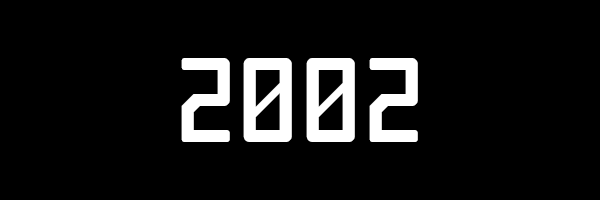
The Year: 2002
Out of one console war and into the next. In late 2001, Nintendo and newcomer Microsoft both hit the sixth generation of consoles with their own efforts and by 2002 they were well on their way to expanding on their initial releases and adding games to bulk out the library. Meanwhile the PlayStation 2 had a bit of a down year by comparison – well, down by its standards, anyways. There were a host of solid PS2 games in 2002; they just weren’t the list of all-timers we saw in 2001. So while the field wasn’t wide open, it was anyone’s game, and Nintendo definitely put the strongest foot forward in 2002, both on its Gamecube and the Gameboy Advance.
Paizo Publishing
In 2002 the staff running Wizards of the Coast’s venerable Dungeon and Dragon magazines spun the publishing department off into a new company, named Paizo Publishing. They’d add some additional magazines to their lineup, and eventually publish their own tabletop roleplaying games. We’ll come back to them in a few years.

Yu-Gi-Oh Hits the States
Konami’s Yu-Gi-Oh trading card game was released in Japan in 1999 but wouldn’t make the jump to the United States until it was published by Upper Deck in 2002. That was great timing as the wave of enthusiasm over Pokémon had been wearing off, leaving room for something new to hit. The game would become a massive success and eventually become the highest-selling card game of all time, creating a lasting impression and a real threat to Magic’s hegemony and completing a trio of market leaders with the Pokémon Trading Card Game as the third pillar.
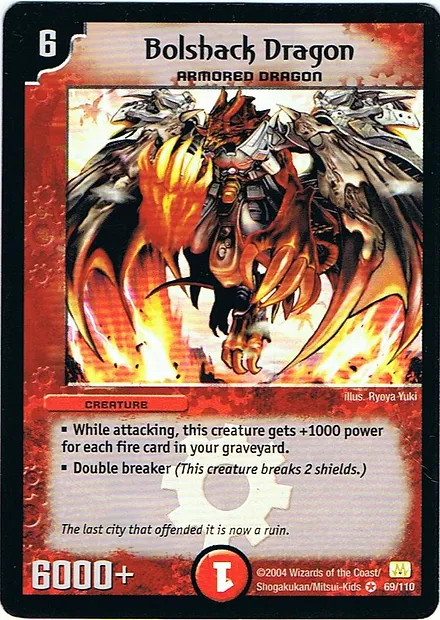
Duel Masters
Wizards of the Coast released this Japanese trading card game in May 2002, where it would go on to become the country’s best-selling card game before making the jump to the US in 2004. It’s pretty similar to Magic while shoring up some of the game’s touchier spots.
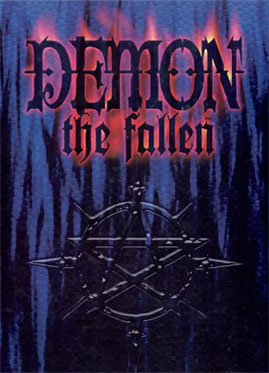
Demon: the Fallen
The final game in White Wolf’s Old World of Darkness, Demon: the Fallen had players take the role of demons returning to earth to either tempt and torment the living or seek redemption in an escalating holy war that would herald the End of Days. Its existence set up some cool events in the larger metaplot going on behind the scenes for the OWoD which would lead to the Time of Judgment series in 2004.
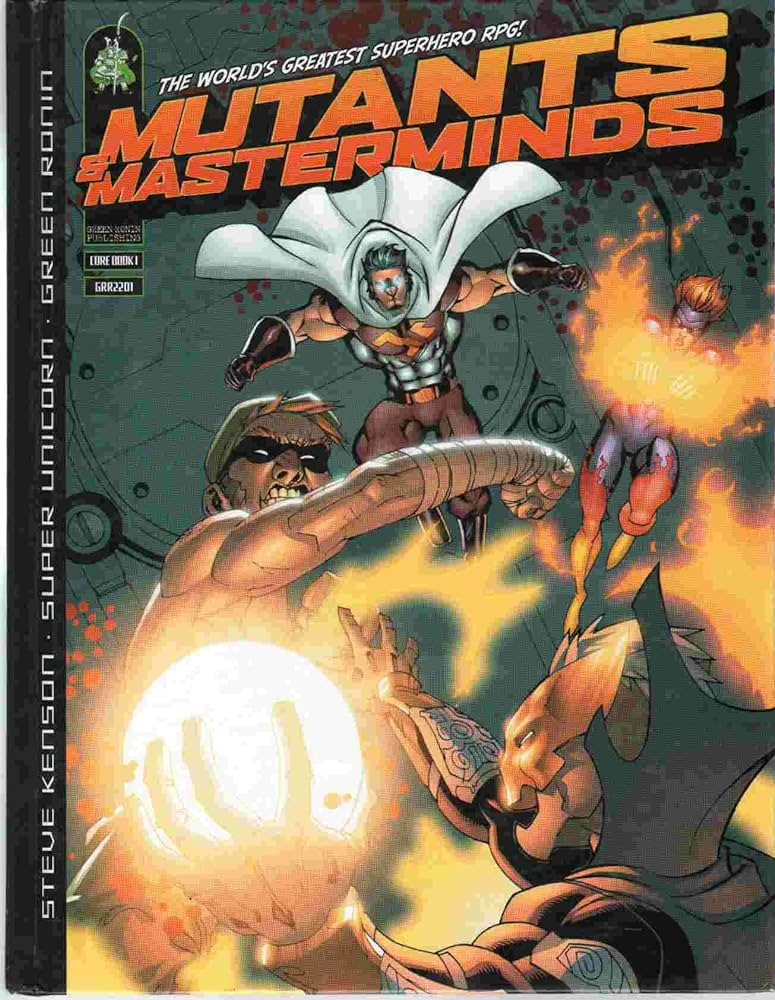
Mutants & Masterminds
Built under the Open Game License, Mutants & Masterminds is a superhero game designed to model comic book style stories and fights. The game would be particularly notable for how easy it was to build on and add supplements to through its Superlink program. The game was also notable for using the Open Game License but not the d20 system.

HeroClix
In 2002 WizKids expanded their collectible miniatures format to superheroes, publishing HeroClix. The game used rotating bases to track damage and character abilities in a similar fashion to Mage Knight and featured characters from Marvel Comics, DC Comics, and a number of other properties. For a long time, this was the place to go for comics-based miniatures games and the system lasted much longer than I ever expected it to.
The PlayStation 2 Leans on Grand Theft Auto
As I mentioned, 2002 was a bit of a down year for the PS2 – the console’s biggest game was the immensely successful Grand Theft Auto: Vice City, while its other top games were third-party releases which would see release on other consoles, such as Madden NFL 2003, Tony Hawk’s Pro Skater 4, TimeSplitters 2, and Pro Evolution Soccer 2. Which isn’t to say the PlayStation 2 had a bad year – Ratchet & Clank, Kingdom Hearts, and Virtua Fighter 4 were all solid console exclusives for Sony, and in Japan games like Winning Eleven 6, Dynasty Warriors 3, and Tales of Destiny 2 would be best sellers. But nothing else even came close to matching Vice City.
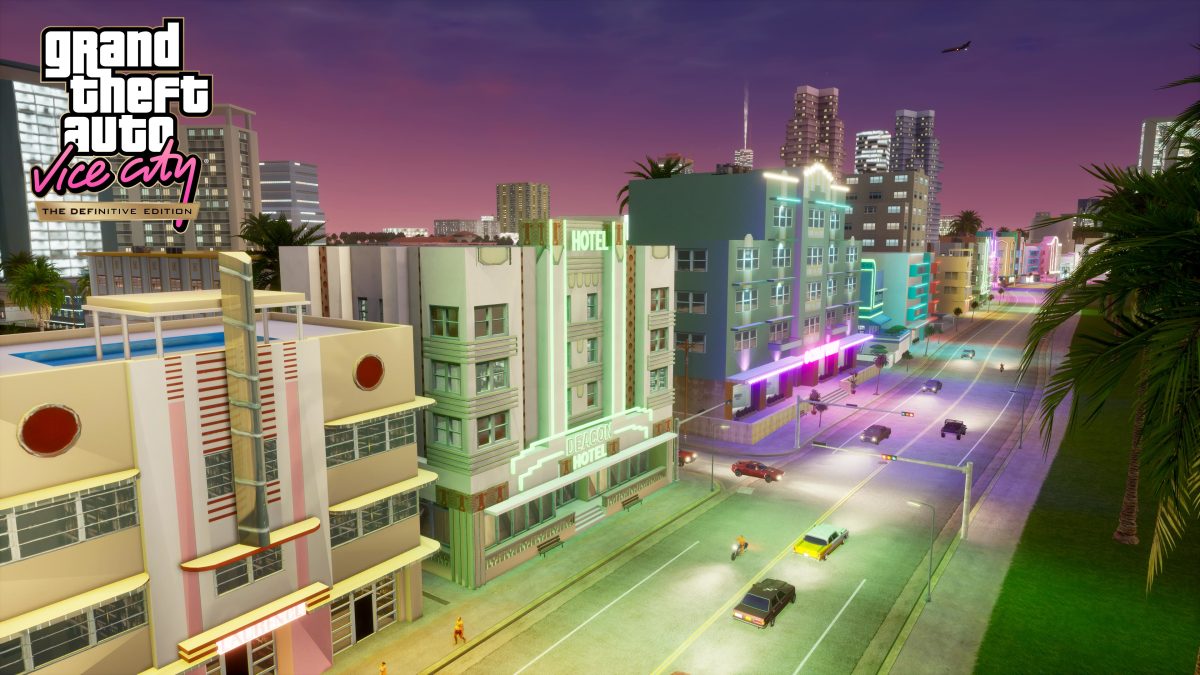
Grand Theft Auto: Vice City
For Rockstar’s second trick they sent players back to the 1980s with the Miami Vice-inspired Grand Theft Auto: Vice City. The game used the same engine as its predecessor but went bigger and louder, and starred Ray Liotta as the voice of its protagonist. The game managed to be even better than its already wonderful predecessor and was one of the year’s best games.
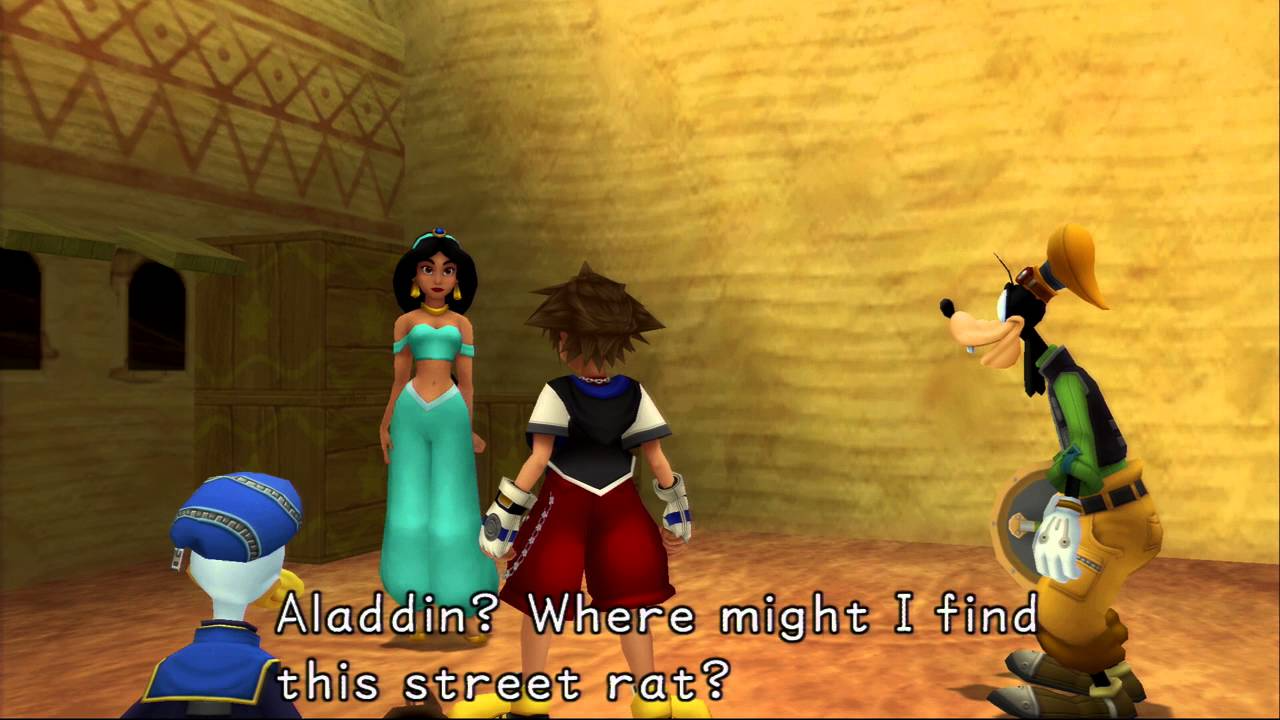
Kingdom Hearts
Squaresoft had been experiment with non-RPG games for a while and were looking to make their own title like Mario 64, but felt they needed characters as popular as Mario to make it work. So when a chance meeting between game producer Shinji Hasimoto and a Disney executive led to them being able to pitch Disney on a collaboration, they jumped at the chance. The result was Kingdom Hearts, a star-studded, 3D action platformer RPG featuring Disney villains and voice actors from five decades of movies, mixed with a bunch of Final Fantasy characters. Once you get past the novelty of Sora, Donald, and Goofy teaming up to fight Squall and Cloud there’s a surprisingly deep and fun game there with some really great moments that capture the magic of the movies they’re based on. A lot of people like the second game more but for my money the first game is strongest entry in the series, both in terms of its gameplay and not having a story that goes wildly off the rails.

Jet Set Radio Future
Following Sega’s departure from the console business Microsoft aggressively pursued a partnership with the company, both as a way to add innovative titles to their lineup and also help drive interest among Japanese audiences. Jet Set Radio Future started development as a Dreamcast game but eventually ended up an Xbox exclusive after Sega signed a deal with Microsoft to bring a number of games to the console. JSRF brings back a lot of the gameplay and graphical style of the original game but in a more futuristic setting, and with something resembling more of an open world. Oh, and another amazing soundtrack.

Sega’s Xbox Titles
Sega would end up publishing a number of other big titles for the Xbox in 2002, including Panzer Dragoon Orta, which took the series back to its rail shooter roots with a sequel to Saturn’s Saga RPG, racing game Sega GT 2002, and third-person shooter Gunvalkyrie. They’d end up being some of the console’s highlights for the year, along with Splinter Cell and Morrowind.
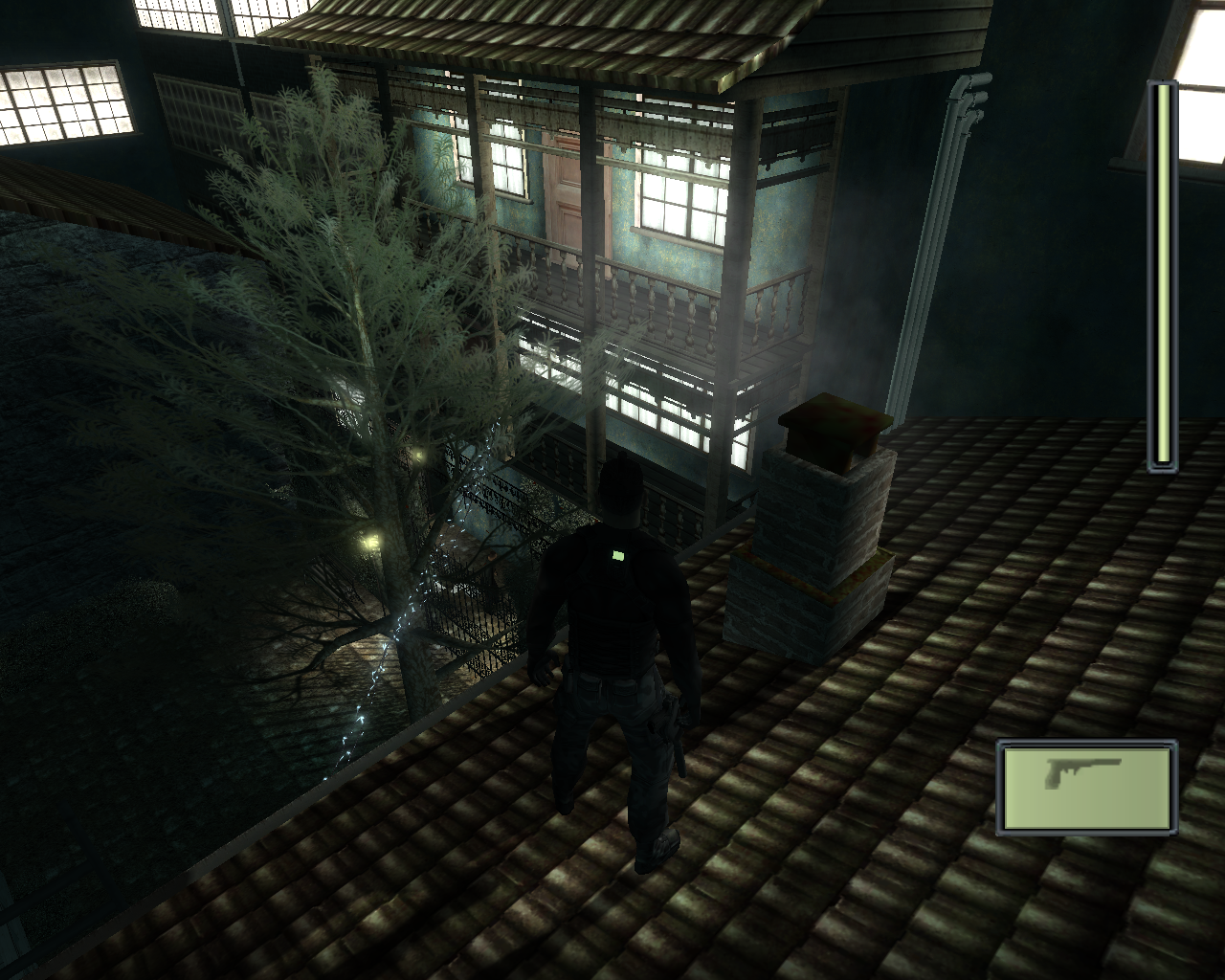
Tom Clancy’s Splinter Cell
The biggest Xbox exclusive of 2002, Splinter Cell introduced the world to an entirely new type of stealth gameplay. Visually similar to Metal Gear Solid but thematically and gameplay-wise more similar to Thief, Splinter Cell had players lurking in the shadows as they’d sneak around and use sound, environmental factors, and gadgets as NSA agent Sam Fisher. The game was a big hit for Microsoft and would spawn a number of great sequels which would build on its stealth-based gameplay.
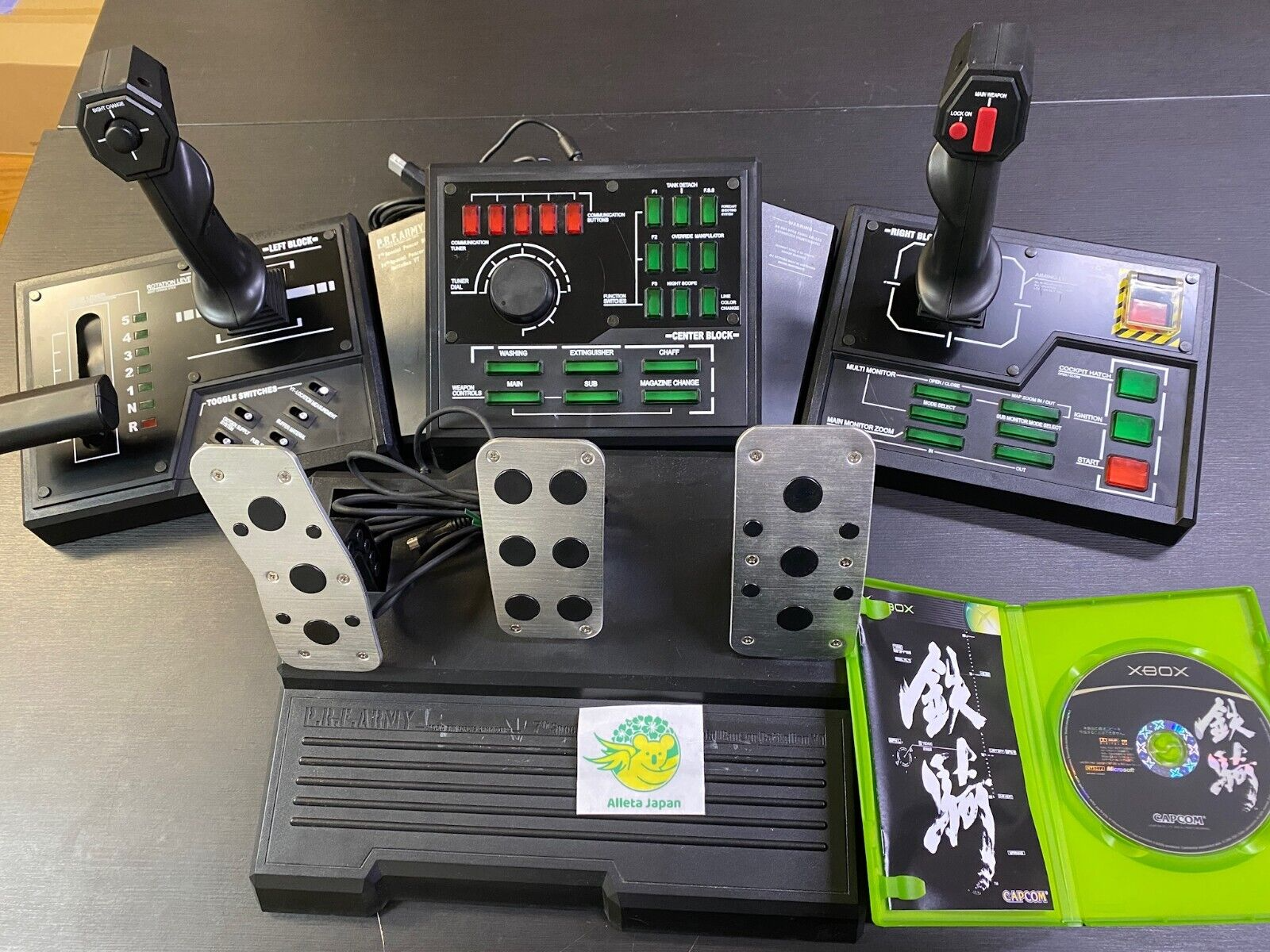
Steel Battalion
Okay hear me out: It’s a mech game with a $150 controller where, when your mech explodes, you have to hit an eject button to avoid dying and losing your whole save game. Also, you start off with a really crummy, cheap mech with a bad viewscreen inside and a heavily reduced field of vision and have to work your way up to a good one. Steel Battalion is more of a mech sim than a mech game in many ways and the controller immediately put it out of most players’ price ranges and setups but it’s a damn good time to play when you have it set up correctly. The game unironically makes me wish I needed to flip five switches when I get in my car before starting it.

The Elder Scrolls III: Morrowind
One of the year’s best games was The Elder Scrolls III: Morrowind, which released for Windows and the Xbox over the summer. For the rest, I’ll turn it over to Swiftblade.
Swiftblade: There is a very particular type of weirdo prevalent in the video game space who places The Elder Scrolls III: Morrowind on a pedestal of one of the best games ever made. If asked about Morrowind, these dweebs are prone to talk your ear off about Dark Elves, giant fleas, and ash storms.
Unfortunately, I am one of those freaks.
Let’s get this out of the way first: the gameplay of Morrowind has aged exceptionally poorly. Every attack is based on a dice roll while requiring active input, so early level combat is just wiff after wiff. There’s very little voice acting, and a ton of reading to do in order to keep up with dialogue. Enemy AI is horrible. Quest objectives are often wildly obtuse.
So if you bounce off Morrowind right off the bat, I get it. The gameplay is a hard sell. Why then does my heart flutter at the thought of it? Because Morrowind’s world is just so fascinating to explore.
The island of Vardenfell, where the story takes place, is unlike anything else in fiction. The player walk from one town with familiar fantasy buildings into another that look like bizarre crab-buildings. You’ll fight monsters that look like they came from another planet. The lack of fast travel (aside from alternative options like magical teleporting or paying to ride on the back of a giant flea) encourages the player to learn about the world they are playing in, rather than zip around from quest to quest in a killing spree. With this in mind, Morrowind plays best when you slow down, enjoy the scenery, and immerse yourself in the adventure. You’re a stranger in a strange land in this game, and the feeling of no longer feeling like an outsider in Vvardenfell is one of my favorite experiences in video gaming.
While time has not been kind to how Morrowind plays, exploring it is an experience like no other in gaming. Maybe you’ll turn into a Morrowind weirdo like me.
The Gamecube Absolutely Crushes It
The award for “strongest console showing in 2002” has to go to the Nintendo Gamecube, where somehow the mainline Mario game wasn’t even their fourth best release of the year. The Gamecube may not have been the commercial success Nintendo was hoping for, but it earned the goodwill and fond memories attached to it from its owners. Let’s run through the console’s biggest titles in 2002.

Metroid Prime
The Metroid franchise was never a big seller for Nintendo despite being one of the most important game series ever made so it was less of a surprise (but still pretty surprising) when they turned the franchise over to Austin-based Retro Studios to release their first 3D version of the game in 2002. It was a big gamble which required lots of supervision but it paid off big: Metroid Prime was the best-selling Metroid game to-date, and an instant classic for many fans, giving Gamecube owners a FPS of their own, albeit one focused on exploration and single-player play. It’s an extremely good game and the console’s best game in 2002.

The Legend of Zelda: The Wind Waker
Nintendo drew controversy with their mainline Zelda title in 2002, The Legend of Zelda: The Wind Waker, and all of it was directed at the game’s art direction. For Wind Waker Nintendo chose to go with a bright, colorful cel-shaded style, giving the game a much more cartoon, kidlike feel. It was still a phenomenal game, though it wasn’t the best-seller of the franchise Nintendo was hoping for and it didn’t do anything to dissuade players from the notion that the Gamecube was for little kids. Still, the game is worth playing, especially its HD remaster which fixes its worst parts – it’s just an incredibly charming game.

Resident Evil Remake
One of the funniest parts about the Gamecube being tagged as a console for little kids is that, in 2002, they were releasing a bunch of more mature games, including two new Resident Evil titles. While the other one – Resident Evil 0 – was pretty bad, it was the remake of the original which stood out as one of the best horror games of the year. The Resident Evil Remake was one of the first real high-profile remakes in gaming, and set the bar for how to approach the process, not just updating the graphics (and RE:R did a phenomenal job pushing the Gamecube to its limits), but also updating the story and gameplay to connect it to later games and improve things, making the game scarier overall. It’s a wonderful game and one of the year’s best. It sold reasonably well for a Gamecube game, but wouldn’t see real widespread success until its re-release on the PlayStation 3 some twelve years later.
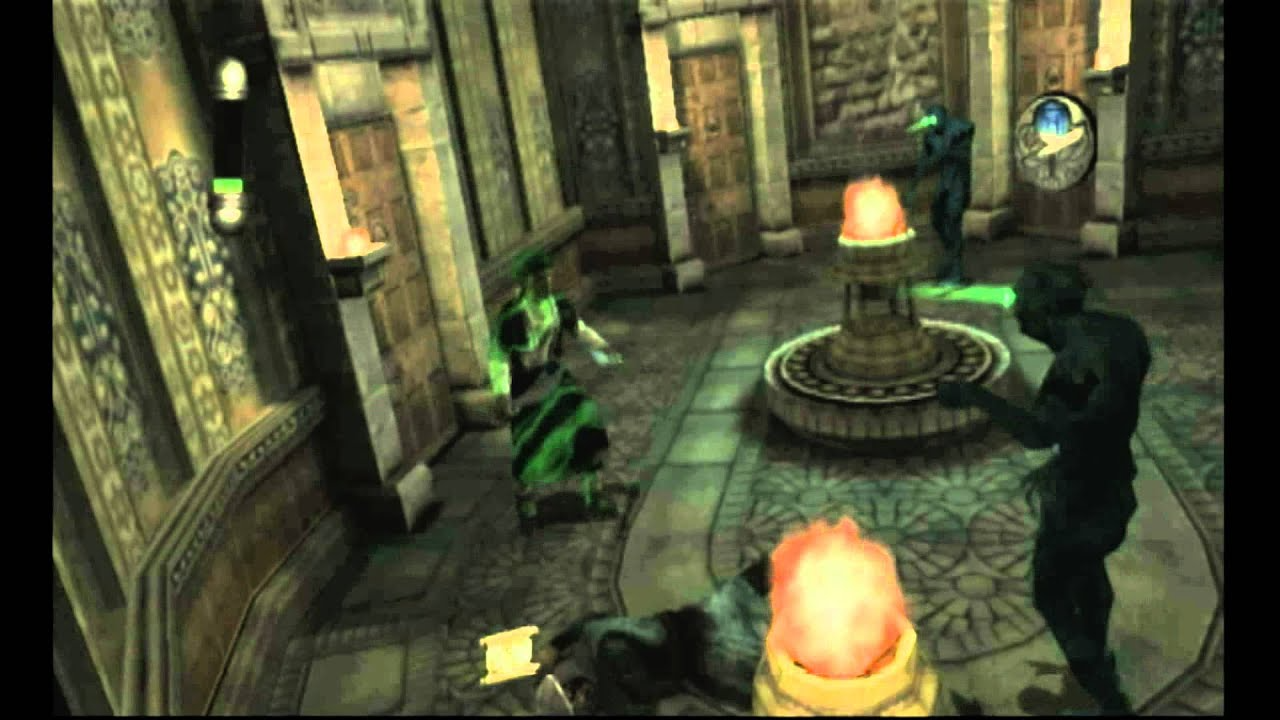
Eternal Darkness
The other big, mature game for the Gamecube in 2002 was Silicon Knight’s Eternal Darkness, a horror action RPG which dropped zombies in favor of Eldritch horror inspired heavily by H.P. Lovecraft. The game has players playing different protagonists over thousands of years as they battle the forces of the elder gods and ultimately seal away the evil threatening their world. The game was notable for its wonderful atmosphere, which included sanity effects that would take hold as your character’s sanity eroded. That said, despite being one of the year’s best games, being on the Gamecube killed it. It sold very poorly and essentially killed the studio, helping to create a self-perpetuating cycle which would put developers off releasing mature games for Nintendo consoles.

Super Mario Sunshine
Nintendo’s true follow-up to Super Mario 64 was this game, in which Mario uses a water cannon to clean up Isle Delfino. The game is alright; it’s a very solid platformer but not incredible by the Mario series standards. It’s noteworthy for introducing us to Bowser Jr. and forcing us to openly ask the question: “Does Bowser fuck?”
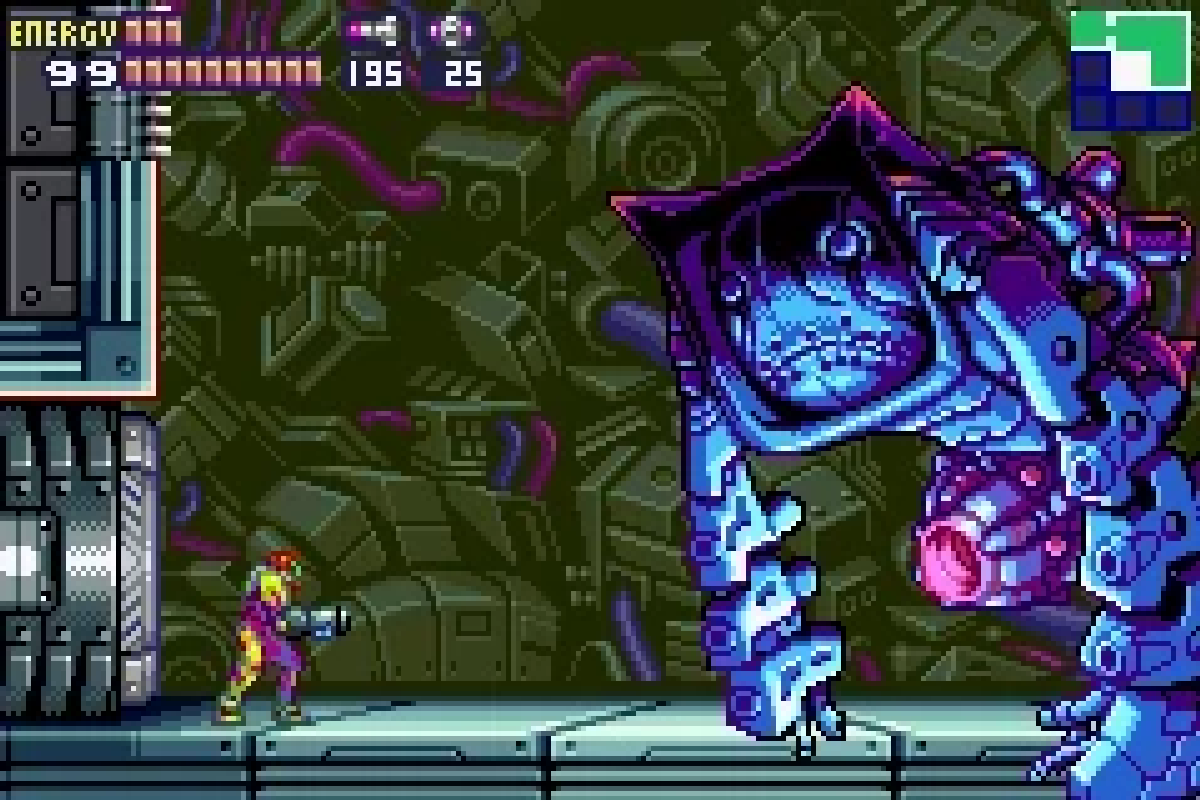
Metroid Fusion
Released near simultaneously to Metroid Prime, the Gameboy Advance title Metroid Fusion pushes the series’ story forward, introducing us to a new antagonist, the X parasite. A more traditional 2D action adventure game, Metroid Fusion incorporates more horror elements and has some incredible atmosphere. It’s the best game on the Gameboy Advance, and there’s some pretty tough competition in that mix.
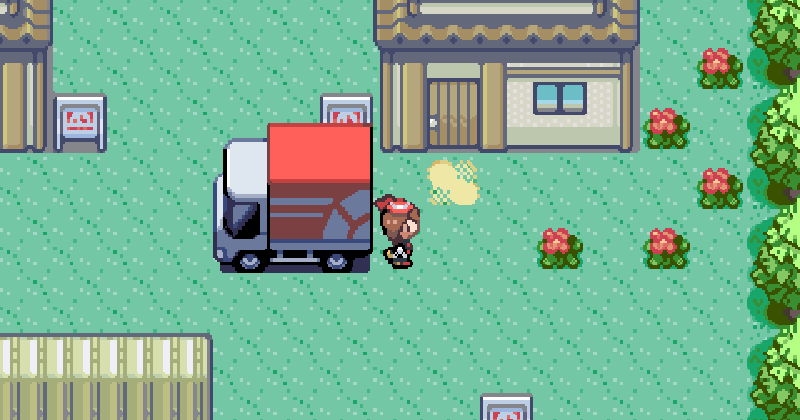
Pokémon Ruby/Sapphire
The third generation of Pokémon games debuted on the Gameboy Advance in 2002, giving us one of the series’ strongest entries. Ruby/Sapphire introduced us to new islands and upped the total to 384 pokémon. The games also kicked off an updated framework for monster types and stats, and players would, in various ways, be able to transfer their pokémon from game to game for the next 15 years. For my money, this is the best generation of Pokémon games, with a solid world map, great innovations in the form of innate abilities and Pokémon being able to have two types, and much more strategic battles.
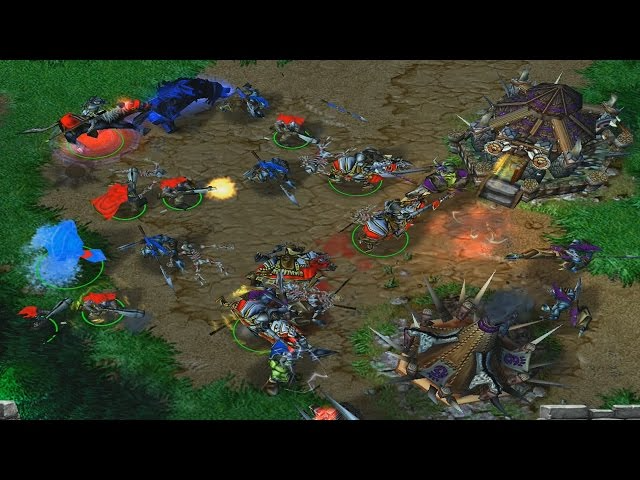
WarCraft III
Blizzard released the long-awaited sequel to WarCraft II in 2002. WarCraft III was a much different game, focused much more on heroes than larger armies, but its evocative world and solid gameplay would give rise to both an entirely new genre of games and one of the biggest games of all time. Those two aspects are so big they kind of make WCIII a stepping stone to bigger things, which is a shame because it’s still a legitimately great RTS. The game has solid graphics and compelling gameplay and as we mentioned – its hero-based RTS gameplay was compelling enough to build an entirely new game just off its map editor.
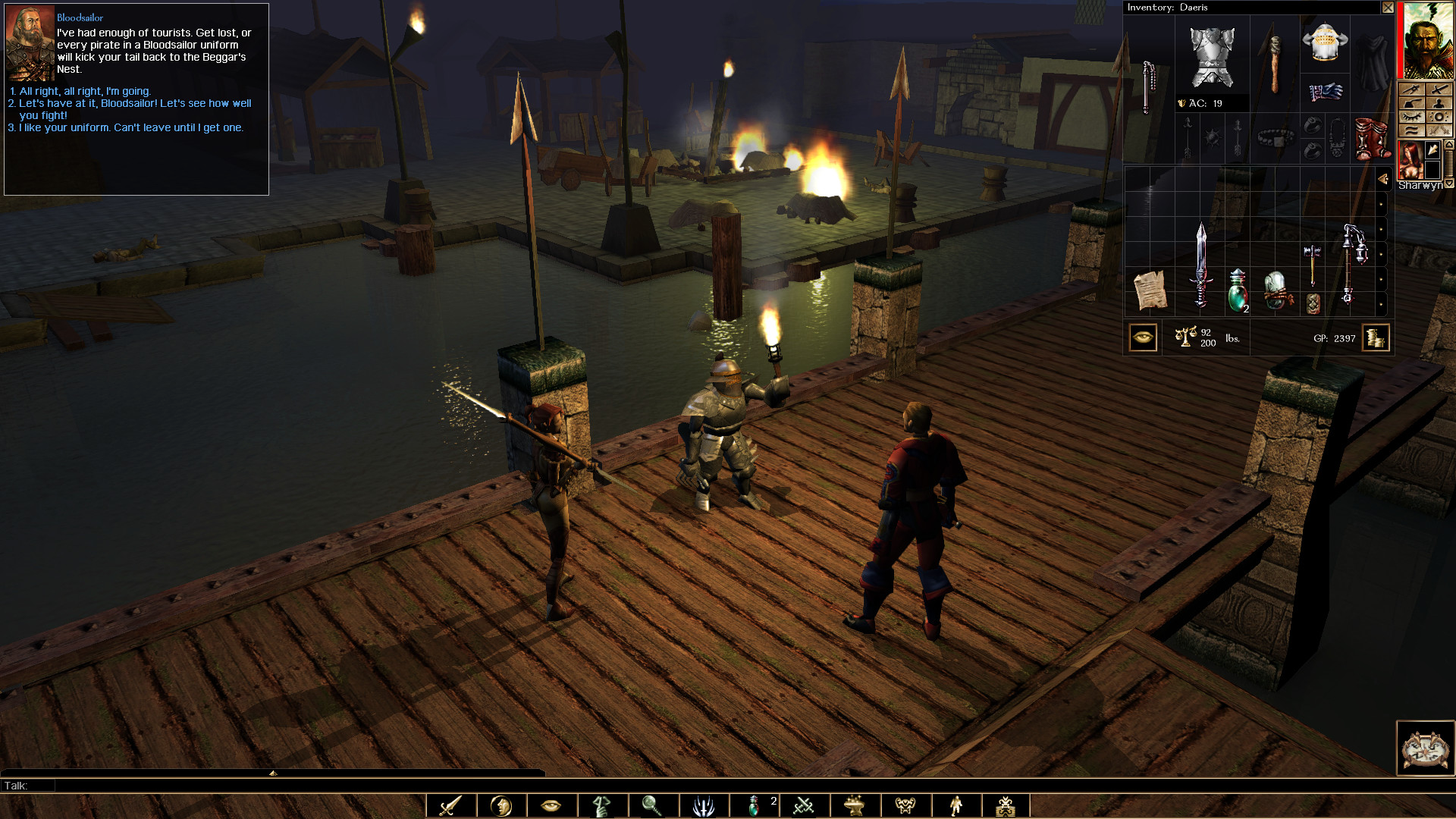
Neverwinter Nights
BioWare released Neverwinter Nights in 2002 for the PC, giving us another RPG set in Dungeons & Dragons’ Forgotten Realms setting, though this time based on third edition mechanics. The game did very well but just as notable as its success (it’s a good game) was the game’s Aurora toolset it made available to players, who would come to use the game to create custom modules and adventures in the game. A large community would spring up around the game, largely using it to build what would otherwise be tabletop adventures with friends.
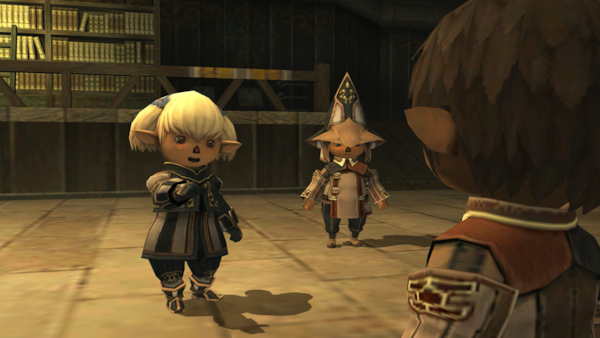
Final Fantasy XI
Squaresoft made the jump to MMOs in 2002 with Final Fantasy XI Online. Released for the PC and PlayStation 2 in 2002, it was an MMORPG with Final Fantasy flavor. It’s not incredibly noteworthy as a game in and of itself – though I certainly knew people who played the game and enjoyed it – and is more notable in that it served as the launch point for Square Enix’s modern foray into MMOs, which they’d finally get right on their third attempt with FFXIV: A Realm Reborn.

Magic: the Gathering Online
Other companies had tried to make digital versions of Magic before but Wizards of the Coast formally jumped in to the mix in 2002 with Magic: the Gathering Online, a true PC conversion of their collectible card game. What set Magic Online apart was that it asked players to buy, at full retail price, digital copies of cards. While this move was much maligned at the time, it was ahead of its time in many ways. While MTGO’s interface was never great, the game was notable for replicating the tabletop experience and giving players the ability to join a draft any time of day.
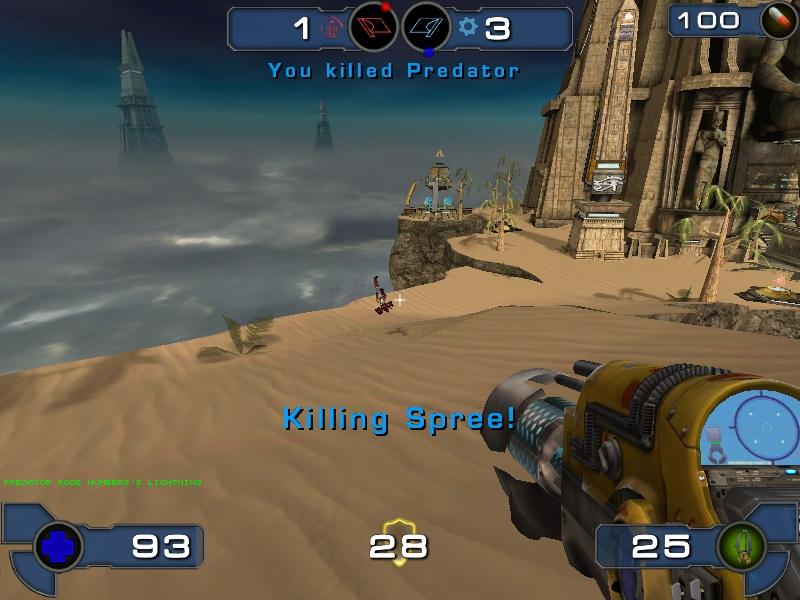
Unreal Tournament 2003
Released in late 2002, Epic’s update of Unreal Tournament gave players another multi-player focused sequel to their 1999 hit, this time introducing new modes. The best of these was Bombing Run, which is like football, but with guns. UT2K3 had gorgeous graphics and amazing gameplay – matches were fast, frantic, and dynamic. You could argue 2004 was better with the addition of vehicles and the return of Assault maps, but 2k3 is the version everyone played.
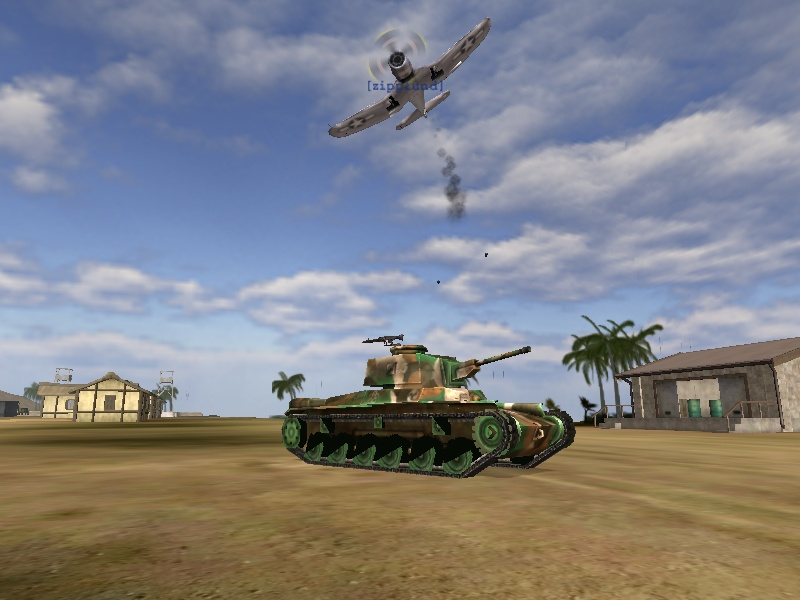
Battlefield 1942
On the other end of the arena multiplayer FPS side of things you had EA’s Battlefield 1942, a class-based multiplayer FPS set in World War II in which players could drop into massive battlefields with up to 64 players populated with aircraft, tanks, jeeps, ships, and tanks. The game emphasized cooperative team play to take on enemy forces and its massive scale made for highly engaging gameplay unlike any other game on the market.
Why It Was the Best Year in Gaming
There’s a lot to love about 2002, and the biggest drops are all powered by the Nintendo Gamecube firing off its best year of games. We also had some very solid PC releases in 2002, with Morrowind and Neverwinter Nights making up for a lack of console RPGs. The Xbox gave us Splinter Cell, and Squaresoft would kick off a string of the most batshit plots ever put to a video game with the release of the first Kingdom Hearts. And Unreal Tournament 2003 is my vote for the greatest shooter ever made.
Meanwhile on the tabletop, Yu-Gi-Oh! Really started to challenge Magic while Mutants & Masterminds gave us the best superhero tabletop RPG to-date. 2002’s Spiel des Jahres winner Villa Paletti is also a great entry for the year and Flames of War quickly became a major player in the Historicals space.
This article is part of a larger series on the best year in gaming. For more years, click this link. Have any questions or feedback? Drop us a note in the comments below or email us at contact@goonhammer.com.
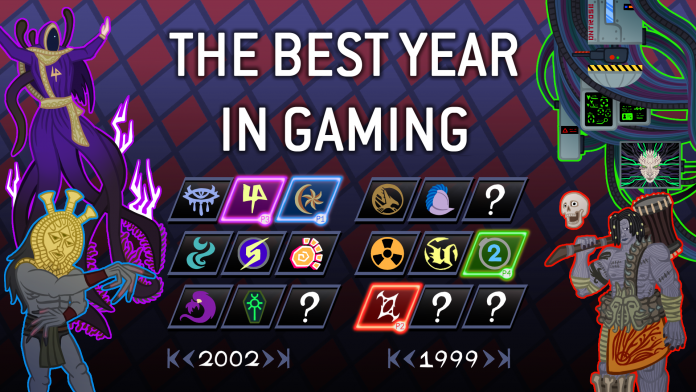


You must be logged in to post a comment.